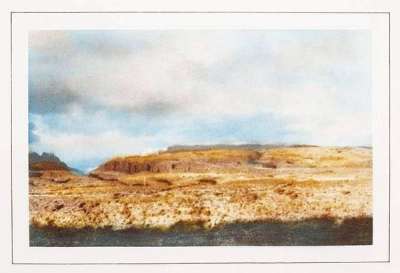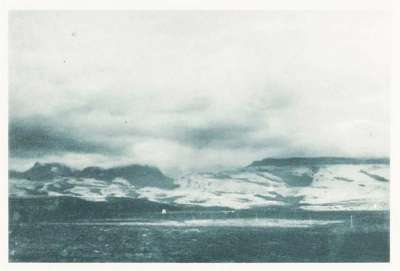
Kanarische Landschaften I - e

Kanarische Landschaften I - e
Signed Print
Gerhard Richter
£3,000-£4,500Value Indicator
$6,000-$9,000 Value Indicator
$5,500-$8,000 Value Indicator
¥27,000-¥40,000 Value Indicator
€3,600-€5,500 Value Indicator
$29,000-$45,000 Value Indicator
¥570,000-¥860,000 Value Indicator
$3,800-$5,500 Value Indicator
AAGR (5 years) This estimate blends recent public auction records with our own private sale data and network demand.
There aren't enough data points on this work for a comprehensive result. Please speak to a specialist by making an enquiry.
Medium: Photographic print
Edition size: 100
Year: 1971
Size: H 12cm x W 23cm
Signed: Yes
Format: Signed Print
TradingFloor
Track this artwork in realtime
Watch artwork, manage valuations, track your portfolio and return against your collection
Track auction value trend
Auction Results
| Auction Date | Auction House | Location | Hammer Price | Return to Seller | Buyer Paid |
|---|---|---|---|---|---|
| May 2024 | Nosbüsch & Stucke | Germany | |||
| October 2005 | Ketterer Kunst Hamburg | Germany |
Meaning & Analysis
A signed photographic print by German artist Gerhard Richter, Kanarische Landschaften I-e was issued in an edition of 1001 in 1971. Part of the artist’s Canaries Landscapes series, its source image depicts the wild, volcanic landscape of the Canary Islands by way of the sophisticated, transfer-based printing technique of heliogravure.
This piece is a stunning example of Richter’s early forays into both landscape painting and colour. Emblematic of his smooth, highly-detailed ‘blurring’ effect, it bears similarities to the expansive, naturalistic images that accompany it, such as Kanarische Landscahften I - a and Kanarische Landschaften II -f, both completed in the same year. Ambitious in its remit, the image depicts the landscape of the Canary Islands as seen from a plane window, or a viewpoint - an aerial point of vision that recalls other works, such as Schweizer Alpen I - B3 (1969) or Bridge 14 Feb 45 (III) (2000). This latter piece references the allied bombing of Richter’s hometown on the same date. In addition, Richter’s realist treatment of cloud formations recalls Wolke (Cloud), produced just several years earlier.
Movement and travel has always been at the heart of Richter’s life, professional career, and artistic practice. In 1961, Richter made the bold move from Dresden - then in former communist East Germany - to the West German city of Düsseldorf. Recounting his life in Dresden, where he studied ‘socialist realist’ painting at the Dresden Academy, Richter once said: ‘it was terrible there; not only ‘unfree’, it was really terrible’. Able to visit West Berlin twice a year, Richter was shocked by the vibrant visual and artistic cultures that existed outside of the Soviet sphere of influence; films and exhibitions, such as the famous The Family Of Man exhibition organised by Edward Steichen of New York’s Museum of Modern Art (MoMA), were a revelation for Richter. The photographic basis of this particular exhibition had a profound impact on the young artist, who before then ‘knew only paintings’. The impact of photography on Richter is achingly present in Kanarische Landschaften I - e thanks to its constant reference to the ‘perfect’ and technological photographic image.
Hailing from Germany, Gerhard Richter has not been confined to one visual style. A testament to versatility and artistic diversity, Richter's work spans from photorealism to abstraction and conceptual art, and his portfolio is rich in varied media. From creating bold canvases to working on glass to distort the lines between wall-based art and sculpture, Richter has honed in on the blur technique to impart an ambiguity on his creations. To this day, Richter is one of the most recognised artists of the 20th century with his art having been presented in exhibitions worldwide. His global impact underscores his legacy as a trailblazer of artistic exploration.


